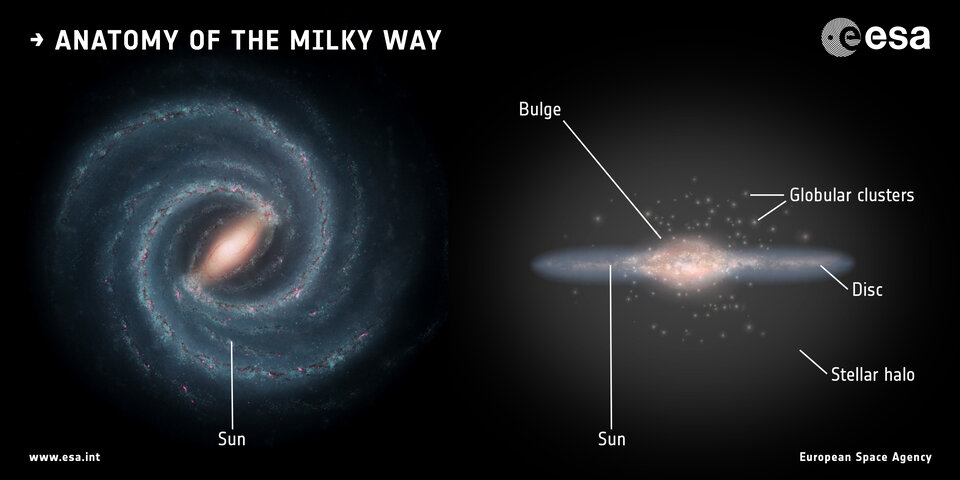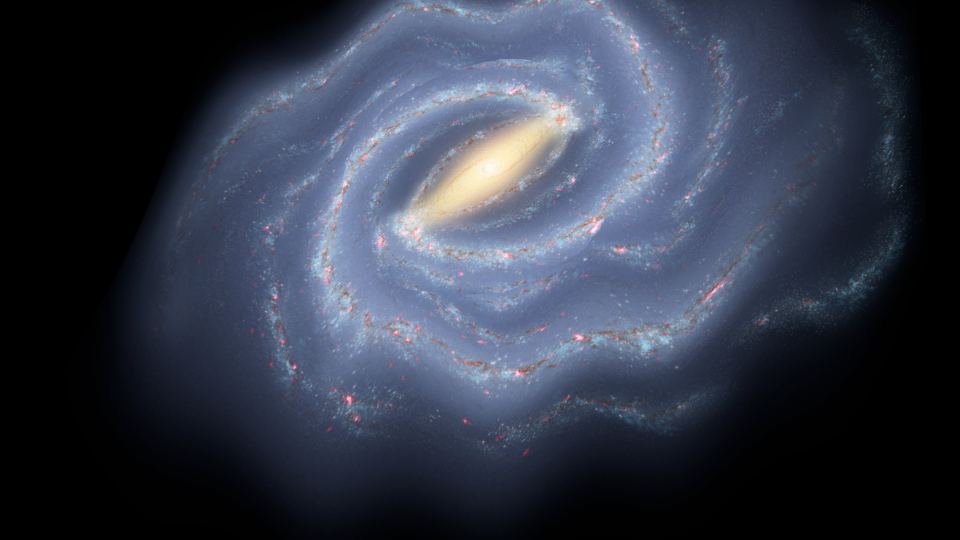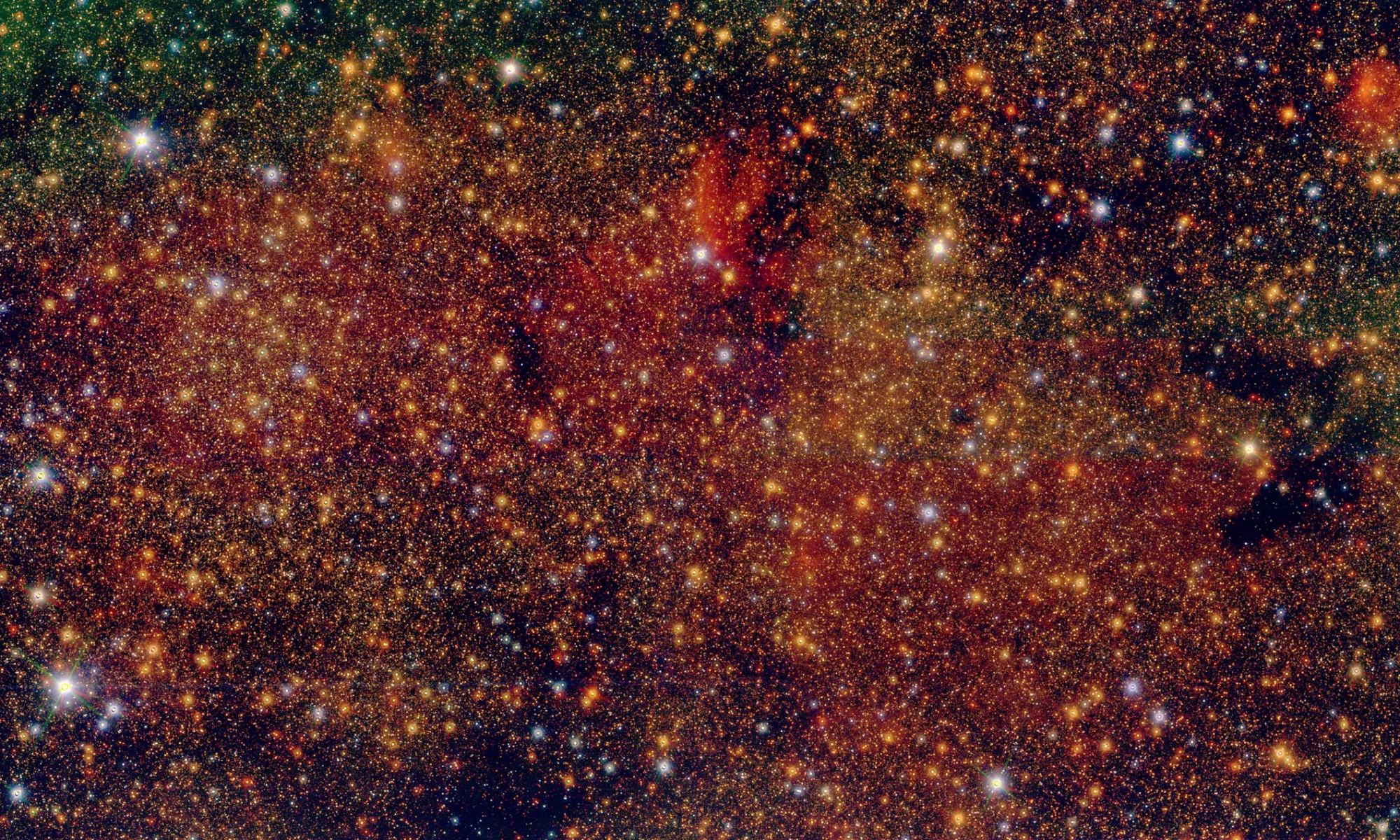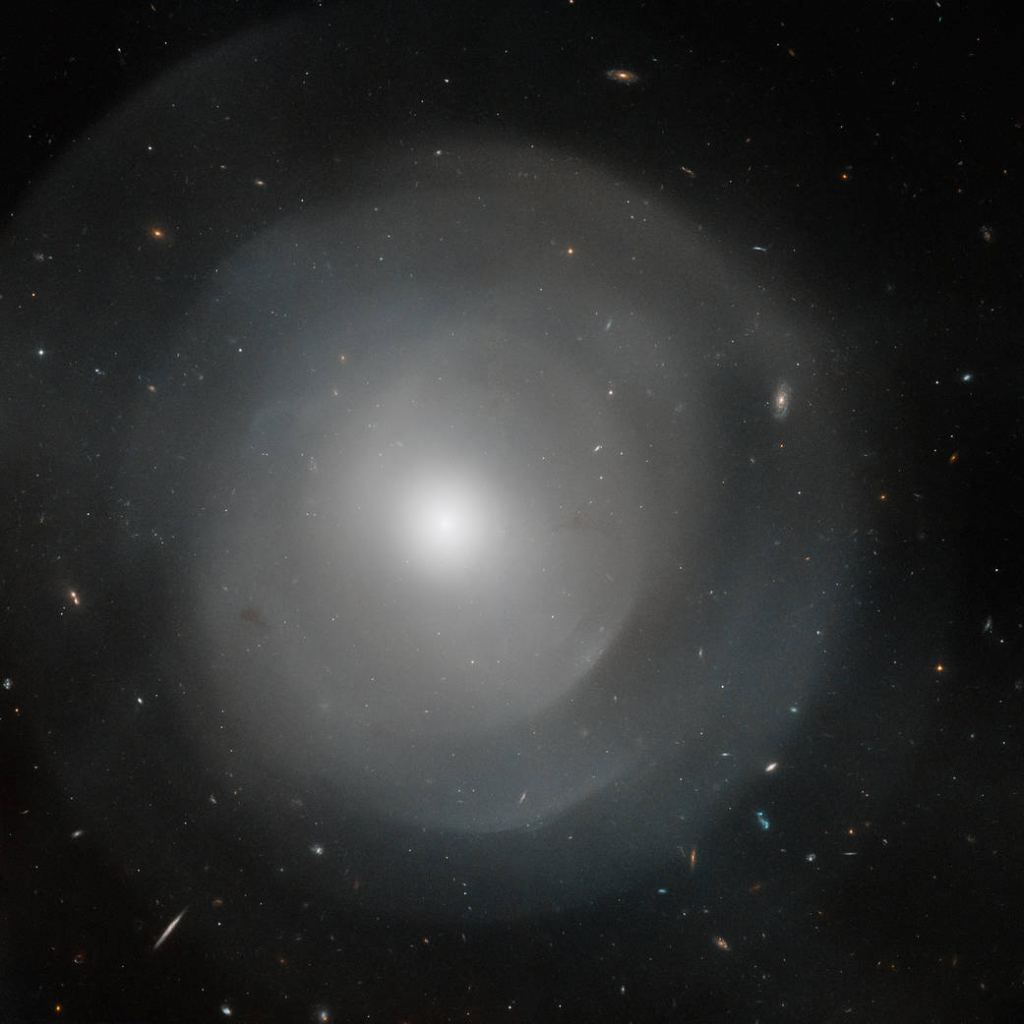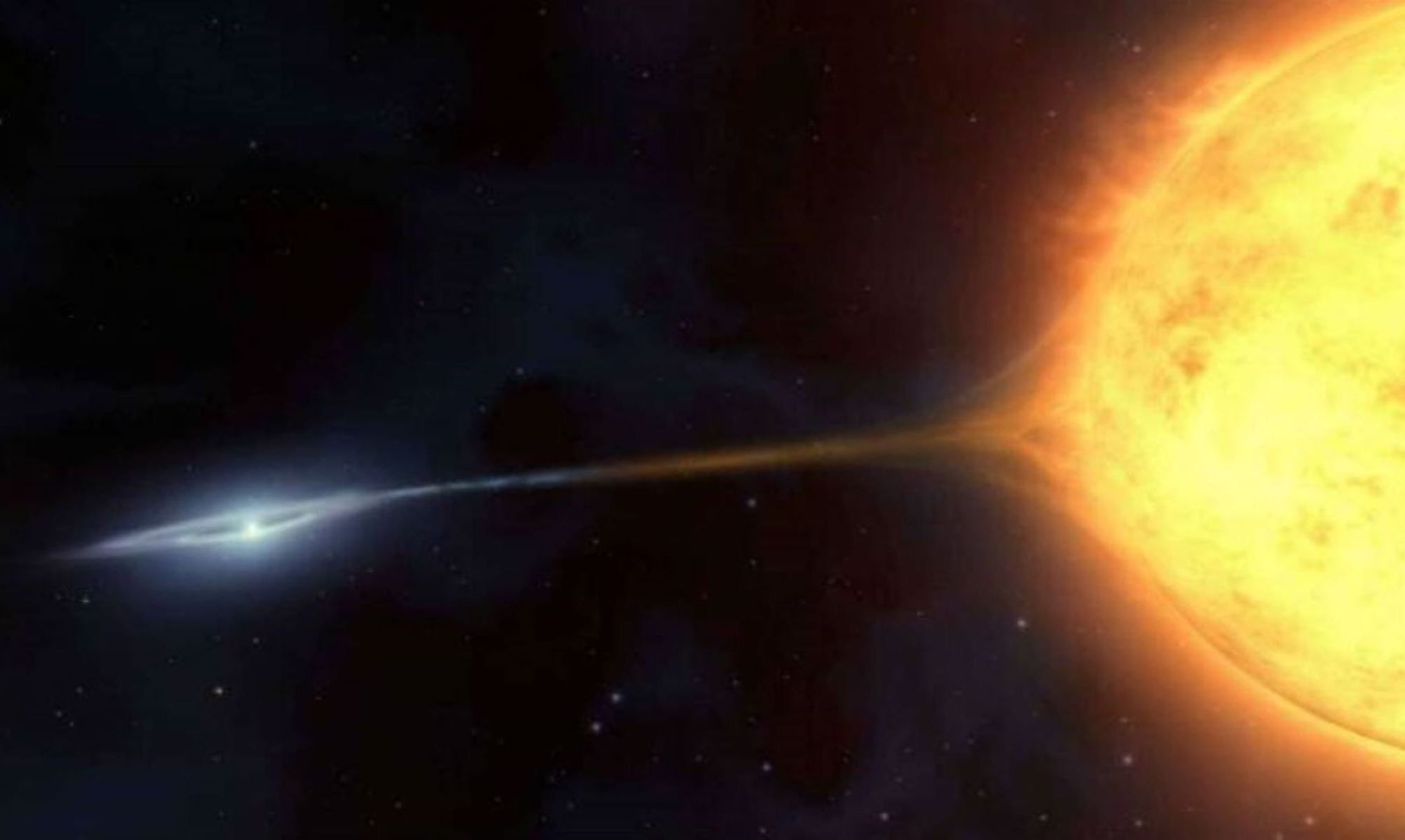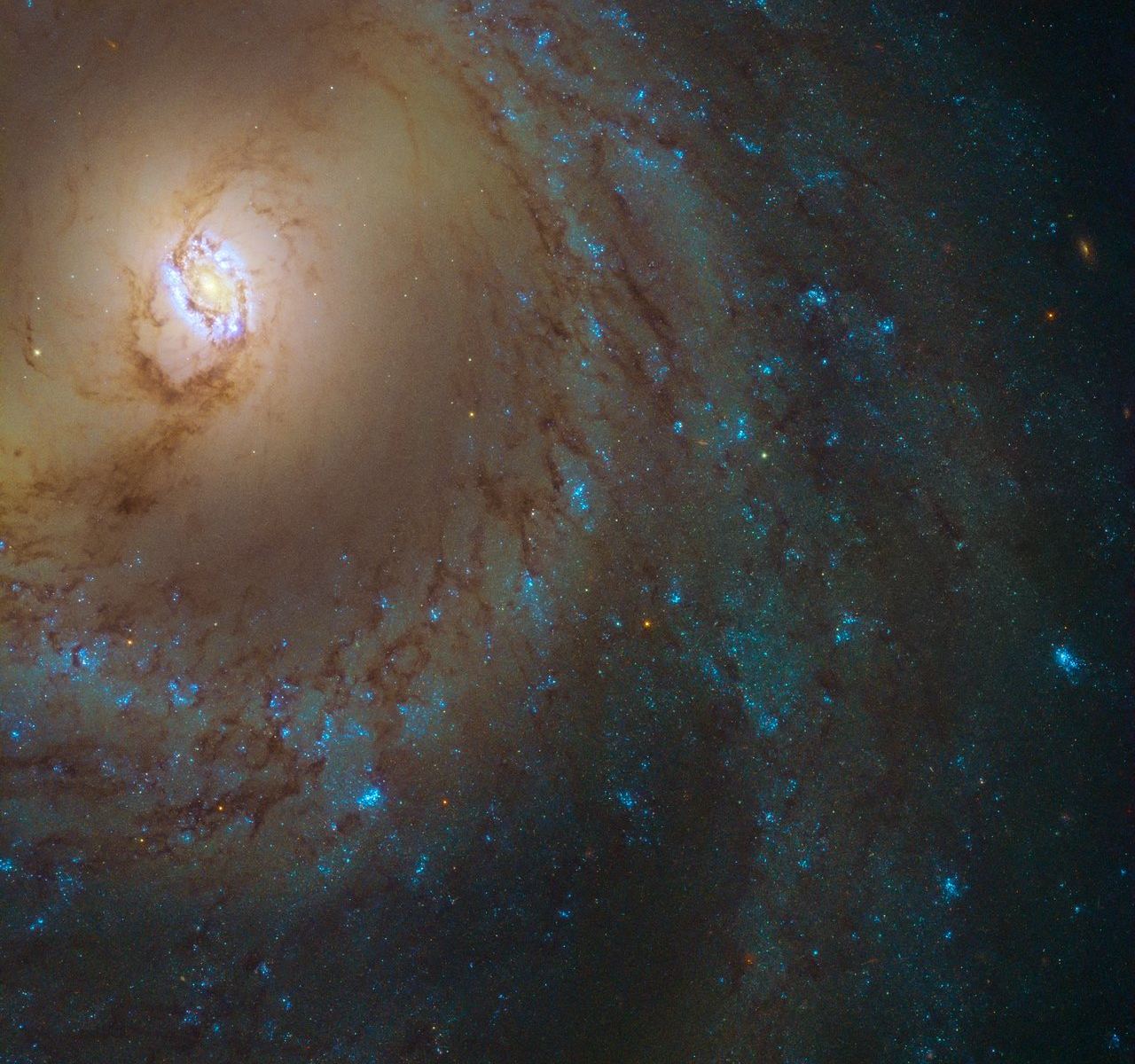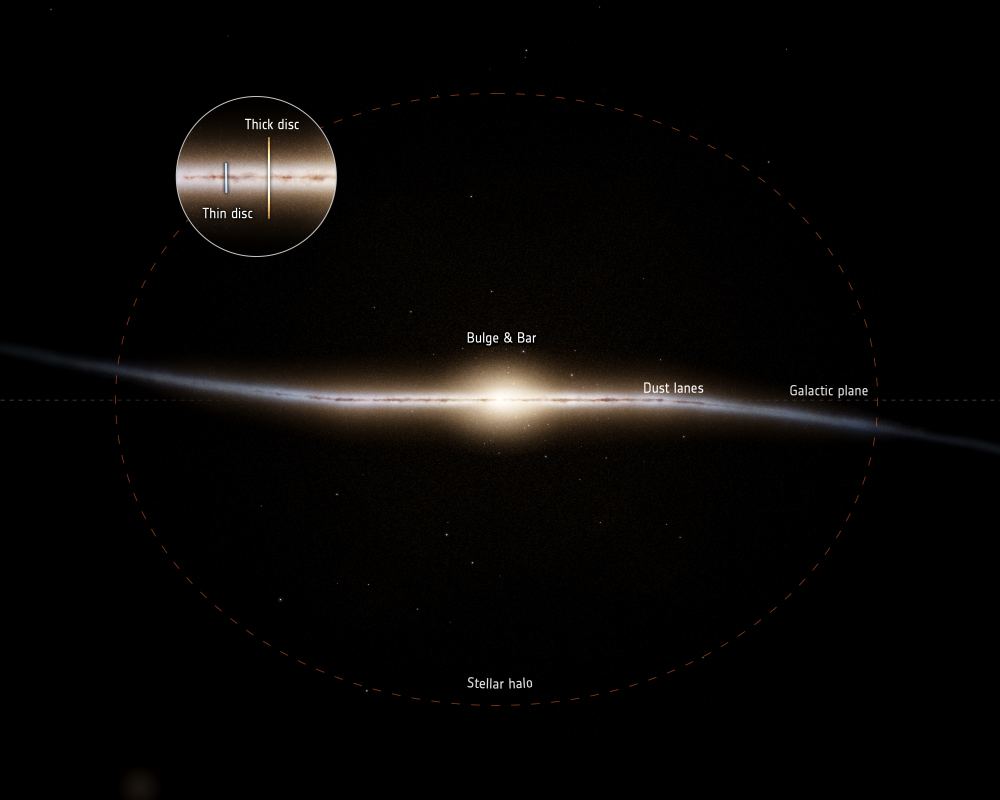Despite everything astronomers have learned about the nature and structure of galaxies, there are still mysteries about the Milky Way. The reason for this is simple: since we are embedded in the Milky Way’s disk, we have difficulty mapping it and observing it as a whole. It’s also very challenging to observe the center of the galaxy, what lies beyond it, and features in the disk itself because of all the gas and dust between stars- the Interstellar Medium (ISM). However, by observing the Milky Way in the non-visible spectrum (radio, x-ray, gamma-ray, etc.), astronomers can see more of what’s out there.
There’s also the spectral line that corresponds to the emission frequency (1420 MHz) of cold neutral hydrogen gas (HI), which makes up the majority of the ISM. Using the Five-hundred-meter Aperture Spherical Telescope (FAST) – the most powerful radio telescope in the world near Guizhou, China – a team of scientists located more than 500 new faint pulsars. During the survey, the team simultaneously recorded the spectral line data with high spectral and spatial resolution, making it an extremely valuable resource for studying the structure of the Milky Way Galaxy and the life cycle of its stars.
Continue reading “Astronomers use the World's Biggest Radio Telescope to map new Features of the Milky Way”

![This illustration shows the Milky Way galaxy's inner and outer halos. A halo is a spherical cloud of stars surrounding a galaxy. (Image Credits: NASA, ESA, and A. Feild [STScI])](https://www.universetoday.com/wp-content/uploads/2023/01/STScI-01EVT45HQKNHQRSF0EYER8XWF3.jpg)

